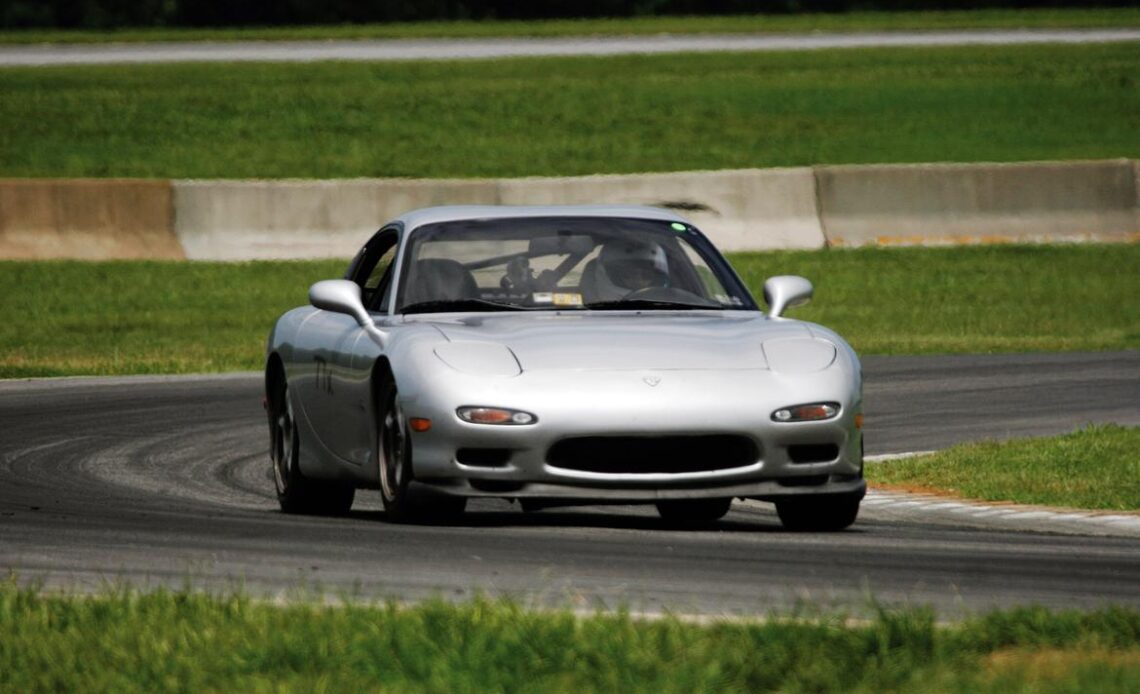[Editor’s Note: This article originally ran in the November 2007 issue of Grassroots Motorsports.]
Story by Chris Stutters
It’s not easy being different. Just about every car manufacturer has made some form of sports car, and each marque has tried a different tack to make its steed stand out from the herd. Only one manufacturer, however, managed to outshine the rest from day one with something truly unusual.
Since its 1979 introduction, Mazda’s RX-7 has been unique thanks to one major feature: its use of a rotary engine. Mazda stuck with the rotary through both the 1986 and 1992 redesigns, with the final car remaining on North American soil only through the 1995 model year. (The third-gen RX-7 was available to customers in Japan through the 2002 model year.)
Many RX-7 owners argue about why the car stopped coming to North American shores. Talk of reliability problems and cost of production—two issues that could be traced to that unique rotary engine—along with a declining market for sports cars fill out the list of reasons for the car’s discontinuation here.
Although the argument is still found on RX-7 message boards, there is one opinion that many people agree on: the third-gen RX-7—often referred to by its FD chassis designation—was the best RX-7 made. In fact, its performance numbers still outshine some of today’s newer sports cars. In a day when sports cars had started to put on some bulk, the RX-7 was a lean, mean machine.
Running Man
The third-generation RX-7 remained basically the same during its entire U.S. model run with four basic models available: Base, Touring, Popular Equipment Package (PEP), plus the R1 and later R2 performance packages. Each trim level grouped together specific options until 1994, when Mazda allowed individual options to be ordered.
The R1 was the automotive cocktail for the hardcore driver. The package added a stiffer suspension and other performance items; Mazda only sold it during 1993. The R2 replaced the R1 for the next model year due to complaints that the R1 was too stiff.
Unlike previous generations, only one engine was available for the third-generation RX-7. The car’s 13B rotary engine sported a very complex twin sequential turbocharger system where in each turbo had a specific…
Click Here to Read the Full Original Article at Grassroots Motorsports Online Articles…

